Forrest Briggs
Confidence-Constrained Maximum Entropy Framework for Learning from Multi-Instance Data
Mar 07, 2016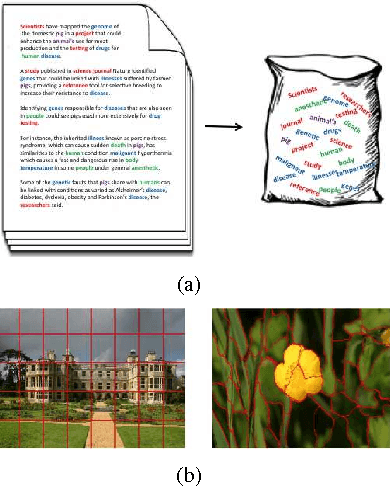

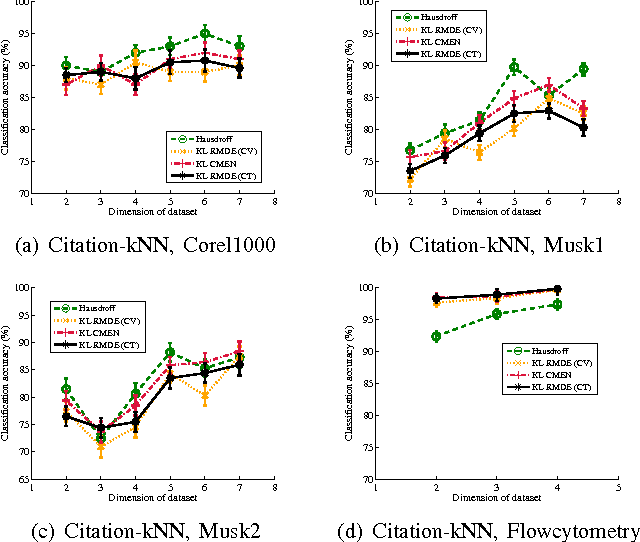

Abstract:Multi-instance data, in which each object (bag) contains a collection of instances, are widespread in machine learning, computer vision, bioinformatics, signal processing, and social sciences. We present a maximum entropy (ME) framework for learning from multi-instance data. In this approach each bag is represented as a distribution using the principle of ME. We introduce the concept of confidence-constrained ME (CME) to simultaneously learn the structure of distribution space and infer each distribution. The shared structure underlying each density is used to learn from instances inside each bag. The proposed CME is free of tuning parameters. We devise a fast optimization algorithm capable of handling large scale multi-instance data. In the experimental section, we evaluate the performance of the proposed approach in terms of exact rank recovery in the space of distributions and compare it with the regularized ME approach. Moreover, we compare the performance of CME with Multi-Instance Learning (MIL) state-of-the-art algorithms and show a comparable performance in terms of accuracy with reduced computational complexity.
Novelty Detection Under Multi-Instance Multi-Label Framework
Nov 25, 2013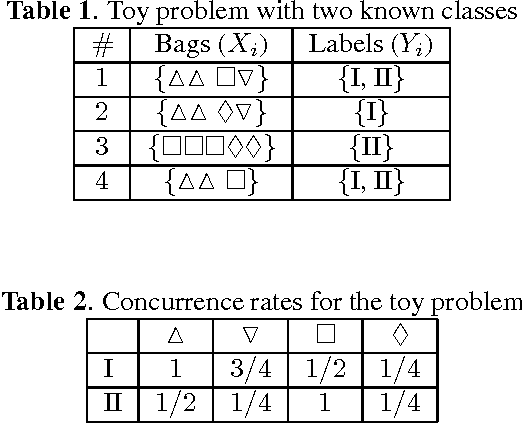
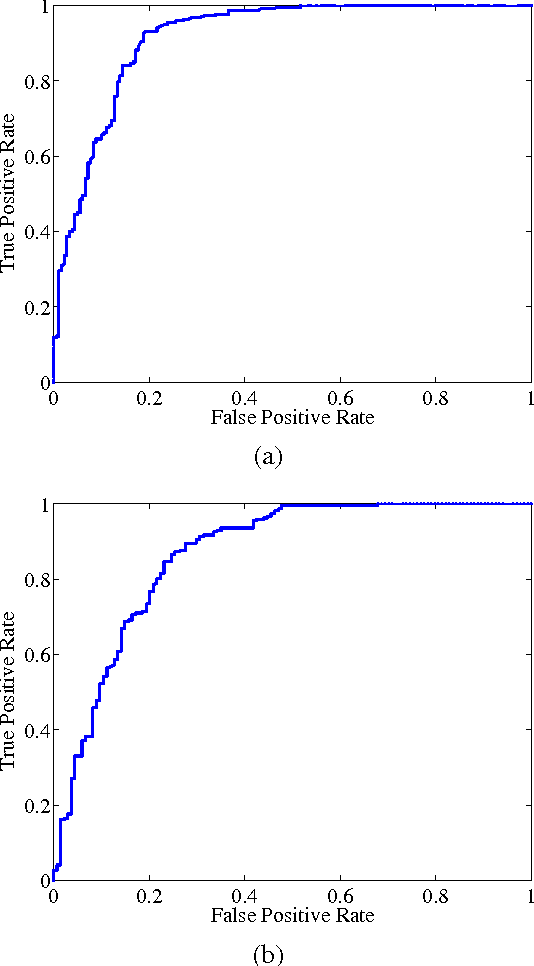

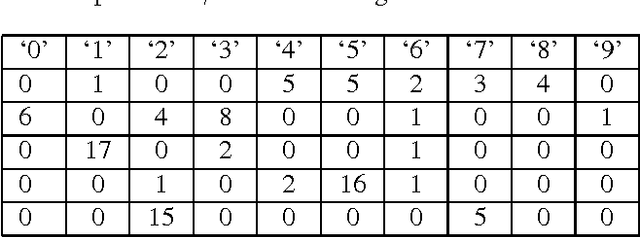
Abstract:Novelty detection plays an important role in machine learning and signal processing. This paper studies novelty detection in a new setting where the data object is represented as a bag of instances and associated with multiple class labels, referred to as multi-instance multi-label (MIML) learning. Contrary to the common assumption in MIML that each instance in a bag belongs to one of the known classes, in novelty detection, we focus on the scenario where bags may contain novel-class instances. The goal is to determine, for any given instance in a new bag, whether it belongs to a known class or a novel class. Detecting novelty in the MIML setting captures many real-world phenomena and has many potential applications. For example, in a collection of tagged images, the tag may only cover a subset of objects existing in the images. Discovering an object whose class has not been previously tagged can be useful for the purpose of soliciting a label for the new object class. To address this novel problem, we present a discriminative framework for detecting new class instances. Experiments demonstrate the effectiveness of our proposed method, and reveal that the presence of unlabeled novel instances in training bags is helpful to the detection of such instances in testing stage.
Multi-Label Classifier Chains for Bird Sound
May 29, 2013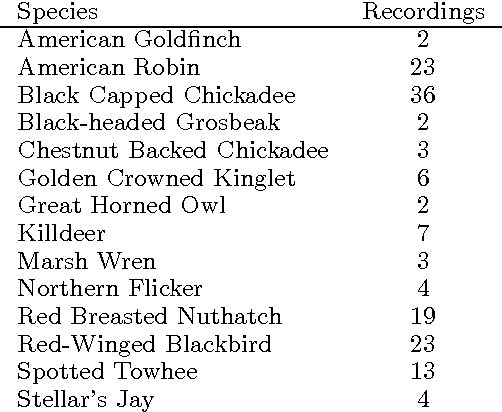
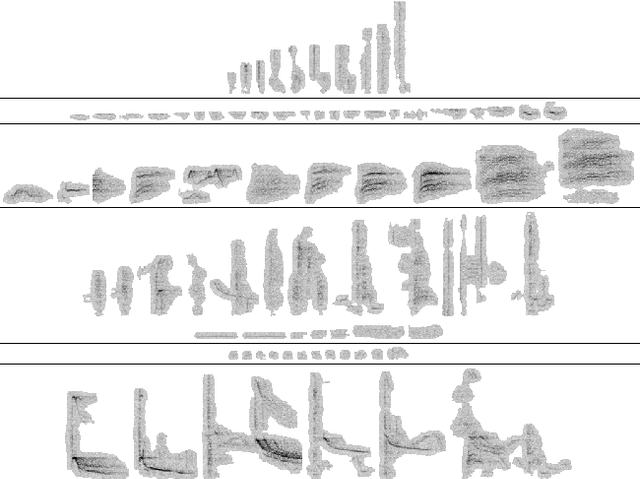

Abstract:Bird sound data collected with unattended microphones for automatic surveys, or mobile devices for citizen science, typically contain multiple simultaneously vocalizing birds of different species. However, few works have considered the multi-label structure in birdsong. We propose to use an ensemble of classifier chains combined with a histogram-of-segments representation for multi-label classification of birdsong. The proposed method is compared with binary relevance and three multi-instance multi-label learning (MIML) algorithms from prior work (which focus more on structure in the sound, and less on structure in the label sets). Experiments are conducted on two real-world birdsong datasets, and show that the proposed method usually outperforms binary relevance (using the same features and base-classifier), and is better in some cases and worse in others compared to the MIML algorithms.
 Add to Chrome
Add to Chrome Add to Firefox
Add to Firefox Add to Edge
Add to Edge